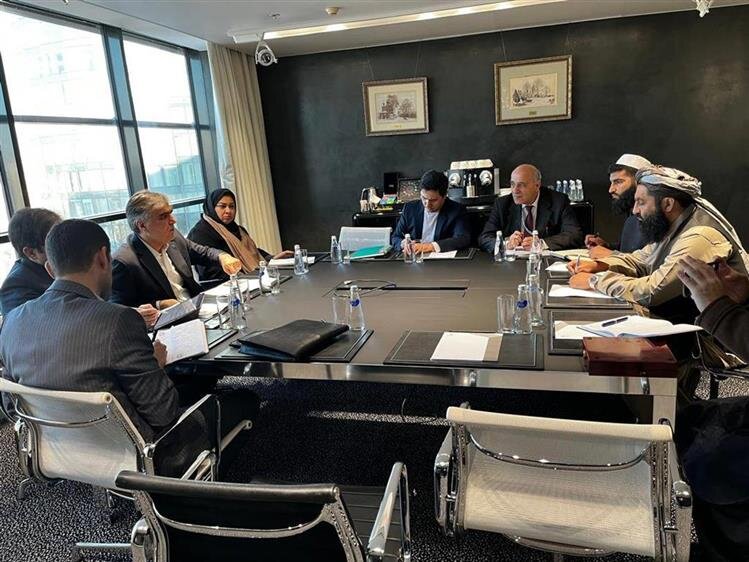Iran Afghanistan central bank chiefs agree to boost monetary banking ties
Iran, Afghanistan central bank chiefs agree to boost monetary, banking ties
TEHRAN – The governors of Iran and Afghanistan’s central banks met on the sidelines of a banking technology summit in Yekaterinburg, Russia, to discuss strengthening monetary and banking cooperation, Iran’s central bank said.

Iran’s central bank chief, Mohammad Reza Farzin, and his Afghan counterpart Noor Ahmad Agha, emphasized the importance of expanding financial collaboration to support growing economic and trade exchanges between the two countries, the statement added.
In last August, Iran's commercial attaché in Afghanistan said that in order to improve Iran’s presence in Afghanistan's markets, the trade between the two countries should move towards newer models of cooperation.
“Afghanistan supplies more than 80 percent of its market needs through imports, and imports from Iran constitute 25 percent of this amount,” Hossein Roustaei said in a meeting on opportunities and challenges of the Afghan market, held by Iran Chamber of Commerce, Industries, Mines and Agriculture (ICCIMA).
Referring to Afghanistan's import priorities, including food, agriculture, fuel, basic goods such as flour, oil, eggs, day-old chickens, medicine, medical equipment, and construction equipment, he continued: “Iran exported more than 724 million dollars of goods to Afghanistan in the first four months of the current [Iranian calendar year] (March 20-July 21) which has increased by 28 percent compared to the same period last year.”
“The establishment of national security and the central government in Afghanistan over the past two years have improved the conditions of trade with this country,” he added.
Afghanistan has prioritized the exploitation of the country’s mines. Therefore, Iran's traditional economic relation with Afghanistan should enter into newer models of cooperation, he stressed.
According to Roustaei, investment and operation of mines, technical and engineering services, mechanization of agriculture and smart agriculture, construction of transportation infrastructure, and renewable energies are among the new fields that should be considered for cooperation between the two countries.
Increasing non-oil exports to the neighboring countries is one of the major plans that the Iranian government has been pursuing in recent years.
Iran shares land or water borders with 15 countries namely UAE, Afghanistan, Armenia, Azerbaijan, Bahrain, Iraq, Kuwait, Kazakhstan, Oman, Pakistan, Qatar, Russia, Turkey, Turkmenistan, and Saudi Arabia.
EF/MA
source: tehrantimes.com